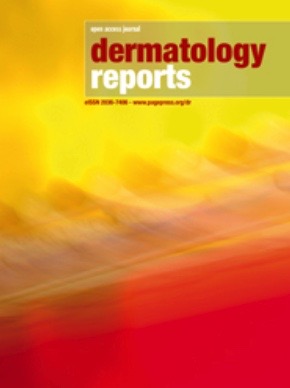Autosomal recessive epidermolysis bullosa simplex due to compound heterozygous mutations in DST gene: first Italian case and literature review
All claims expressed in this article are solely those of the authors and do not necessarily represent those of their affiliated organizations, or those of the publisher, the editors and the reviewers. Any product that may be evaluated in this article or claim that may be made by its manufacturer is not guaranteed or endorsed by the publisher.
Authors
Epidermolysis bullosa simplex (EBS), the most common type of EB, is characterized by skin fragility and blister formation within the basal epidermal layer. Most cases are due to autosomal dominant mutations in the keratin genes, KRT5 and KRT14. However, mutations in different genes are responsible for other EBS subtypes. We describe the clinical and molecular features of the first Italian child with autosomal recessive localized EBS due to mutations in the DST gene encoding the BP230/BPAG1-e protein of hemidesmosomes. Molecular genetic analysis identified compound heterozygous DST nonsense variants, allowing the exclusion of a sporadic case of dominant EBS due to a de novo KRT5/KRT14 mutation. A literature review retrieved members from 20 families from Middle Eastern and South Asian countries presenting with DST-mutated EBS. In addition to illustrating the clinical features of this EBS variant, our case shows the relevance of genetic diagnosis to distinguish EBS subtypes due to different inheritance modes, thereby providing families with appropriate genetic counseling.
How to Cite

This work is licensed under a Creative Commons Attribution-NonCommercial 4.0 International License.








